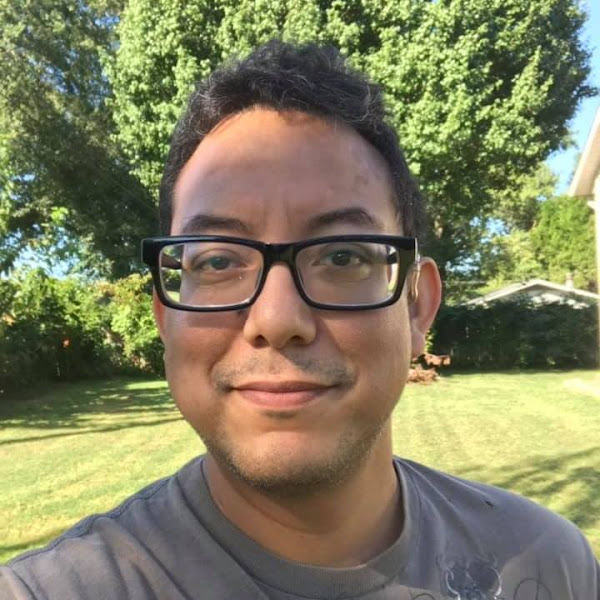In a world that is becoming more interconnected with each passing day, we must strive to foster inclusivity and understanding between different cultures, including the deaf and hearing communities. The deaf and hearing cultures have their own distinct languages, ways of communication, and social norms, which can sometimes create barriers between the two groups. However, by building bridges and promoting dialogue, we can break down these barriers and create a more inclusive society.
One of the key elements in fostering inclusivity between deaf and hearing cultures is the recognition and acceptance of sign language as a legitimate means of communication. American Sign Language (ASL) is a rich and complex language essential to the deaf community's identity and culture. Providing opportunities for people to learn sign language ensures effective communication and encourages a deeper appreciation for the deaf culture.
Educational institutions are vital in bridging the gap between deaf and hearing cultures. Schools can implement inclusive policies that prioritize the teaching of sign language and provide resources for students to interact with deaf individuals. By creating an environment where both hearing and deaf students can learn and socialize together, we can promote understanding and empathy among all members of society.
Furthermore, promoting inclusivity also involves removing physical barriers that hinder the full participation of deaf individuals in various aspects of life. This includes ensuring accessibility in public spaces, such as theaters, cinemas, and government buildings. Installing sign language interpreters or providing captions for public events enables deaf individuals to participate fully in society and allows for a more inclusive experience for everyone.
Media and entertainment also have a significant role to play in fostering understanding and inclusivity between deaf and hearing cultures. Television shows, movies, and online content should strive to portray deaf characters realistically and positively, highlighting their unique abilities and perspectives. By doing so, we can challenge negative stereotypes and promote a more accurate understanding of deaf culture.
Another crucial aspect of building bridges is the involvement of both deaf and hearing individuals in decision-making processes. Including deaf representatives in political discussions, community organizations, and other platforms ensures that their voices are heard, and their needs are properly addressed. By actively involving both communities, we can foster a sense of mutual respect and understanding.
Finally, education and awareness are key to breaking down preconceived notions and misconceptions about deaf and hearing cultures. Overcoming biases and promoting understanding requires ongoing efforts to educate individuals about the deaf community's history, achievements, and challenges. Workshops, seminars, and awareness campaigns can all contribute to building bridges and encouraging inclusivity.
Fostering inclusivity and understanding between deaf and hearing cultures is essential for creating an inclusive society that values diversity. By recognizing and respecting the deaf community's language, promoting accessible environments, and involving both communities in decision-making processes, we can bridge the gap and build a more inclusive and understanding society. Through education, awareness, and appreciation for cultural differences, we can create a world where everyone's unique abilities, perspectives, and contributions are recognized and celebrated.




